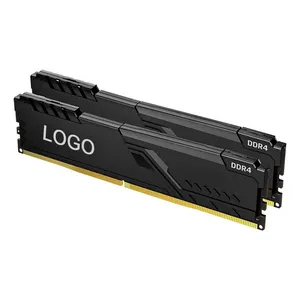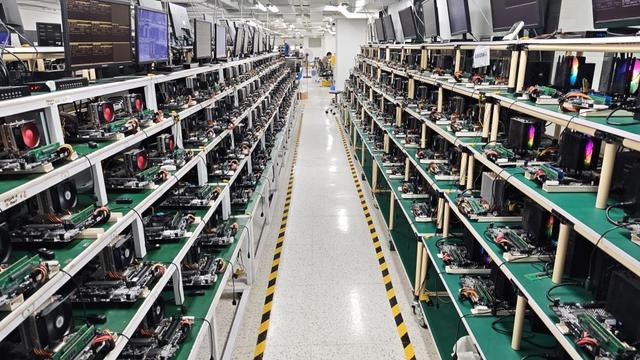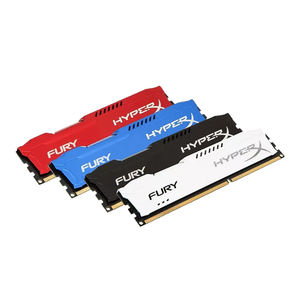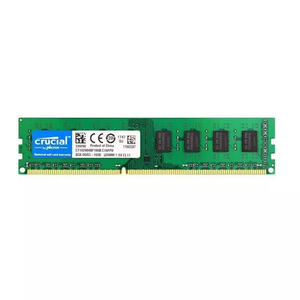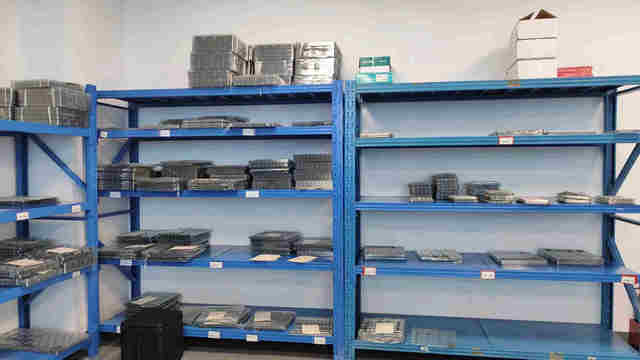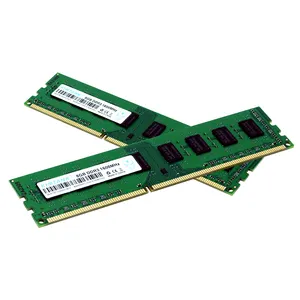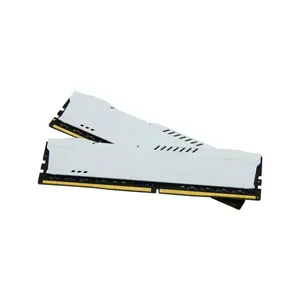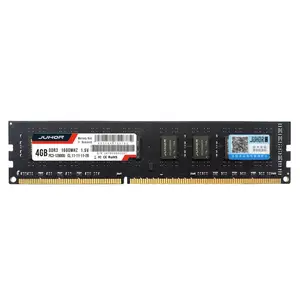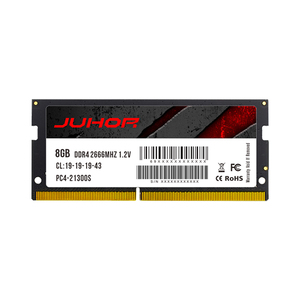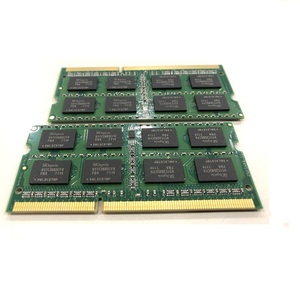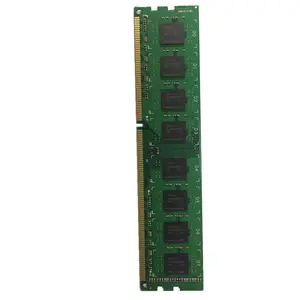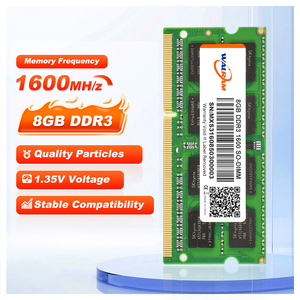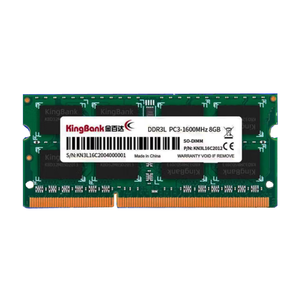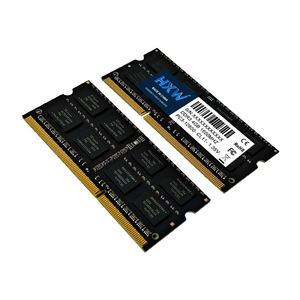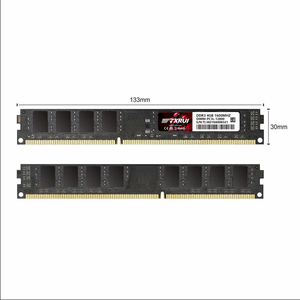Ddr3 Manufacturers




 Top sponsor listing
Top sponsor listing












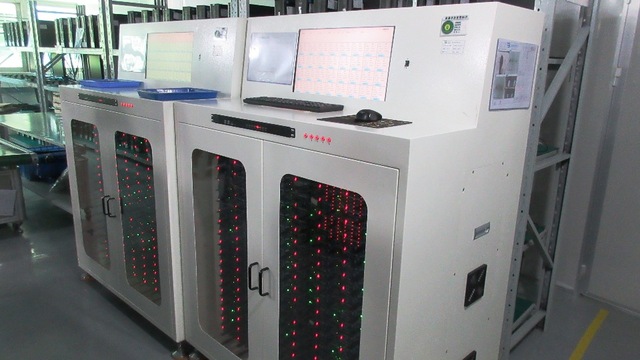







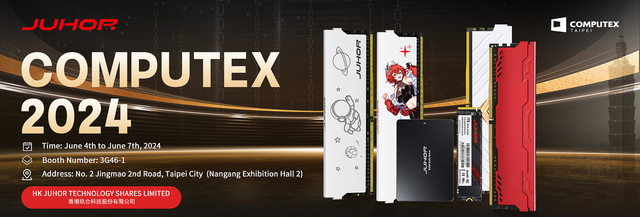





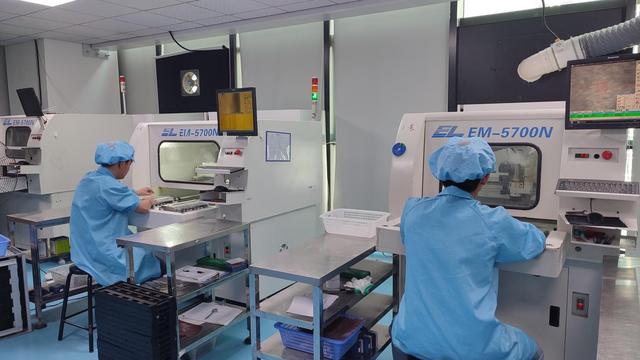










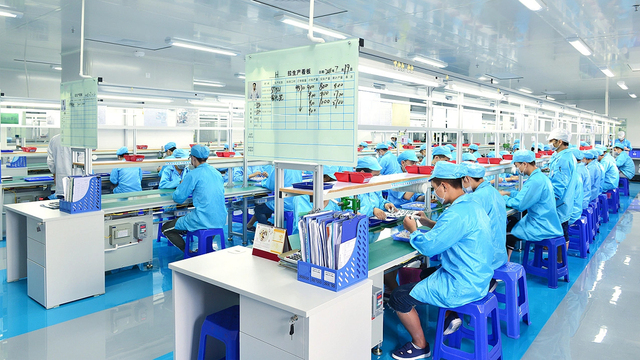









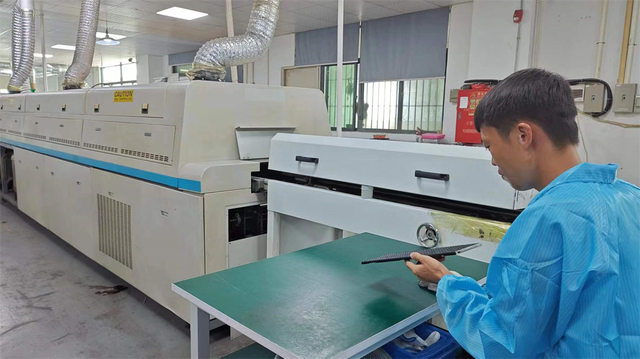
About ddr3 manufacturers
Where to Find DDR3 Manufacturers?
China remains a central hub for DDR3 memory module production, with key manufacturing clusters concentrated in Shenzhen and surrounding Guangdong regions. These zones host vertically integrated supply chains that span semiconductor packaging, PCB fabrication, and final assembly, enabling rapid component sourcing and streamlined logistics. Shenzhen’s ecosystem supports over 70% of China’s third-party RAM producers, leveraging proximity to raw material suppliers and export ports like Yantian to achieve lead times as short as 15–25 days for bulk orders.
The region's mature infrastructure allows manufacturers to maintain high operational efficiency through localized testing facilities, automated SMT lines, and direct access to DRAM IC sources. Suppliers benefit from reduced overhead and faster turnaround, passing cost advantages to buyers—typically offering 20–30% lower pricing compared to Western or Southeast Asian alternatives. Most DDR3 producers in this cluster support both consumer-grade and industrial-temperature variants, catering to desktop, laptop, and embedded system applications.
How to Choose DDR3 Manufacturers?
Procurement decisions should be guided by structured evaluation criteria to ensure reliability and product consistency:
Quality Assurance & Compliance
Prioritize suppliers with verifiable adherence to international standards such as ISO 9001 for quality management and RoHS for hazardous substance compliance. While not always explicitly stated, these frameworks underpin consistent testing protocols for signal integrity, latency (CL9–CL11), voltage tolerance (1.5V/1.35V), and thermal performance. Request documentation on burn-in testing, ECC validation (where applicable), and compatibility verification across motherboard chipsets.
Production Capacity Verification
Assess operational scale using measurable indicators:
- Monthly output capacity exceeding 50,000 units for stable inventory
- In-house capabilities in PCB stacking, BGA reflow, and automated optical inspection (AOI)
- Support for JEDEC-standard DIMM/SODIMM form factors and custom configurations
Cross-reference supplier claims with on-time delivery rates; targets should exceed 95%, with top-tier vendors maintaining ≥99%.
Transaction Security & After-Sales Support
Utilize secure payment mechanisms such as escrow services to mitigate risk during initial engagements. Evaluate reorder rates as a proxy for customer satisfaction—suppliers with rates above 45% indicate strong post-sale reliability. Confirm warranty terms (typically 1–3 years) and return policies for defective modules. Pre-shipment sampling is critical to validate timing parameters, brand labeling accuracy, and heat sink attachment quality.
What Are the Leading DDR3 Manufacturers?
| Company Name | Location | Main Products | Online Revenue | On-Time Delivery | Avg. Response | Reorder Rate | Customization Options | Min. Order Quantity |
|---|---|---|---|---|---|---|---|---|
| Shenzhen Flashnoble Technology Co., Ltd. | Shenzhen, CN | DDR3, DDR4, DDR5 Memory Modules | US $3.7M+ | 96% | ≤4h | <15% | Color, size, logo, packaging, latency | 100 pieces |
| Shenzhen Macroway Technology Co., Ltd. | Shenzhen, CN | RAMs, CPUs, Hard Drives | US $310K+ | 99% | ≤8h | 47% | Label, material, compatibility, graphic | 10 pieces |
| Shenzhen Aoyi Technology Co., Ltd. | Shenzhen, CN | Desktop & Laptop DDR3, Heat-Sink Models | US $210K+ | 100% | ≤3h | 55% | Color, size, logo, packaging | 10 pieces |
| Shenzhen Yingjiewang Trading Co., Ltd. | Shenzhen, CN | Original DDR3/DDR3L, UDIMM, SODIMM | US $230K+ | 94% | ≤6h | 27% | Limited (focused on OEM stock) | 1 piece |
Performance Analysis
Shenzhen Aoyi Technology stands out with a perfect 100% on-time delivery rate and the fastest average response time (≤3h), paired with a high 55% reorder rate—indicating strong buyer confidence. Shenzhen Macroway offers balanced performance with reliable fulfillment (99%) and moderate MOQs starting at 10 pieces, suitable for small to mid-volume buyers. Flashnoble leads in revenue volume (US $3.7M+), suggesting large-scale operations and broad market reach, though its low reorder rate (<15%) may reflect transactional rather than relationship-based clients. Yingjiewang caters to niche demand for original-grade DDR3 components with single-piece ordering, ideal for replacement markets and repair networks.
FAQs
How to verify DDR3 manufacturer reliability?
Cross-check self-reported metrics such as on-time delivery and reorder rates against transaction histories where available. Request sample batches to assess build quality, including PCB finish, chip marking consistency, and heatsink adhesion. Validate compatibility claims across common platforms (Intel H61, AMD AM3+) and confirm support for dual-channel configurations.
What is the typical MOQ and lead time?
Standard MOQs range from 10 to 100 pieces depending on the supplier, with lead times averaging 10–20 days after order confirmation. High-volume orders (10,000+ units) may require 25–35 days, especially if customization is involved. Air freight adds 5–7 days globally; sea shipping takes 25–40 days.
Can DDR3 suppliers provide customized branding?
Yes, most leading manufacturers offer full customization: PCB color, label design, laser-engraved logos, retail packaging, and timing profiles. Minimum thresholds typically start at 1,000 units for branded SKUs. Confirm whether firmware programming (e.g., SPD tuning) is supported for specialized applications.
Do DDR3 manufacturers support legacy or industrial specifications?
Several suppliers produce industrial-grade DDR3 modules operating at extended temperatures (-40°C to +85°C) and support ECC or unbuffered UDIMM/SODIMM configurations. Verify availability of 1333MHz, 1600MHz, and 1866MHz variants, as well as compatibility with older chipsets like Intel G41 or AMD 760G.
Are samples available before bulk ordering?
Most suppliers offer paid samples (priced between $5–$20 per unit) refundable against subsequent orders. Sample production takes 3–7 days, with global delivery in 5–10 days via express carriers. Use this phase to conduct stress tests, benchmark read/write speeds, and evaluate thermal dissipation under load.















